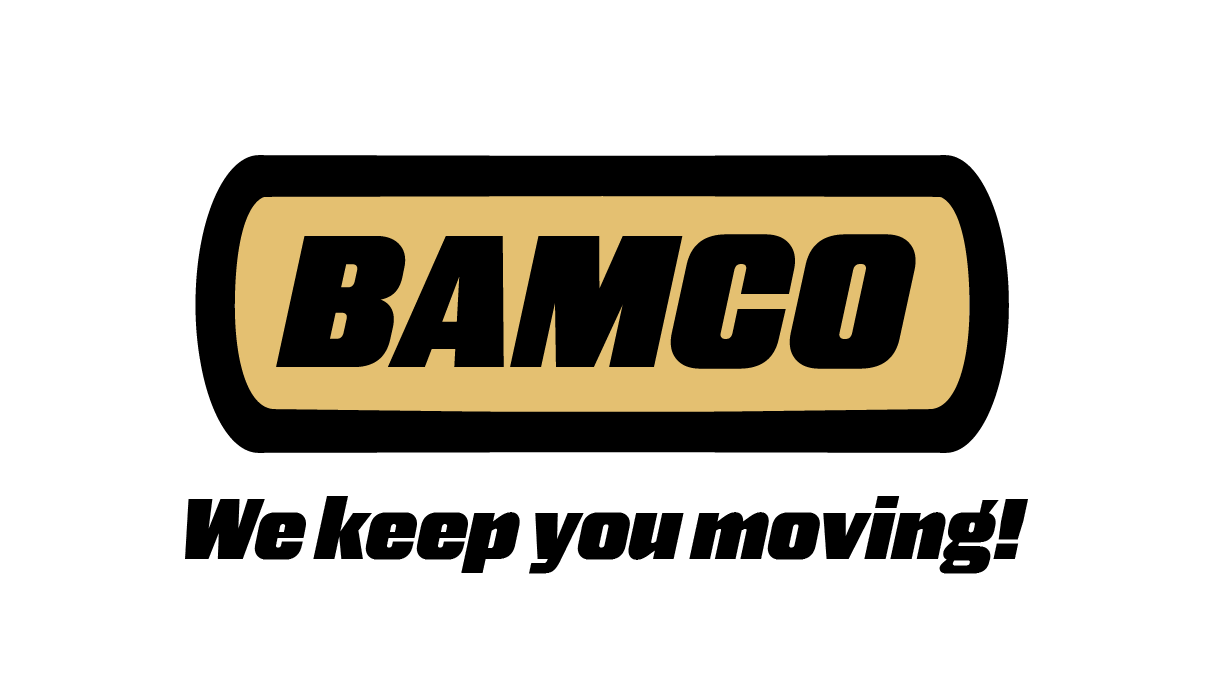These belts kinds of belts are grouped together in this blog post because they are both belts that are used for niche purposes. Since these belts are used for these purposes, they are generally more expensive than regular conveyer belts.
Food belts are USDA and FDA approved, where as normal conveyer belts are not, and this is a major cost driver. There are three commonly used materials when it comes to making these belts are PVC, nitrile, and urethane. Urethane is the most expensive material because of its durability and chemical resistance. Urethane is always going to outlast the other materials. Nitrile is cheaper than urethane and PVC is the cheapest. When you add attributes, like cleats and v-guides, this will also drive up the cost due to the materials and labor during fabrication.
High temperature belts are used in extreme conditions that require more durable materials. These materials are things like fiberglass, Kevlar, and Nomex. Kevlar and Nomex are going to be in the same price range where fiberglass is the cheapest.
The moral of the story with this post, is to keep in mind the purpose of the belt when buying it for specific purposes. Things like temperature, chemicals used in production, and FDA/USDA approval may narrow your belt choices down and require more of a cash outlay.

